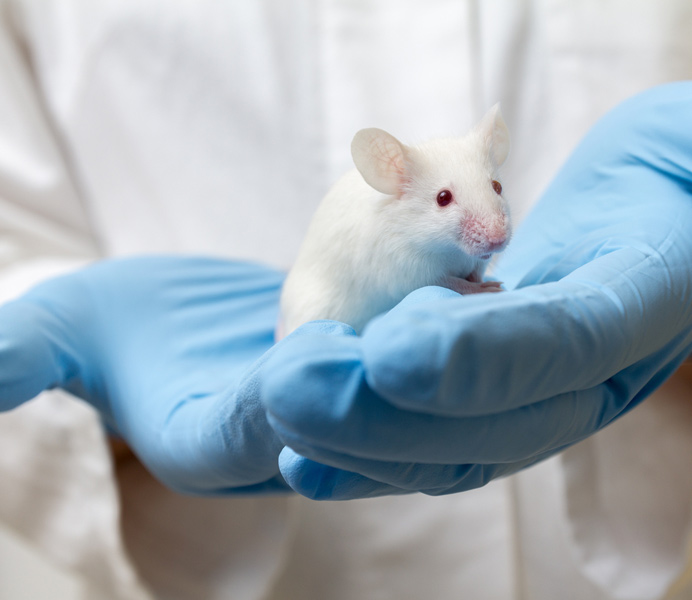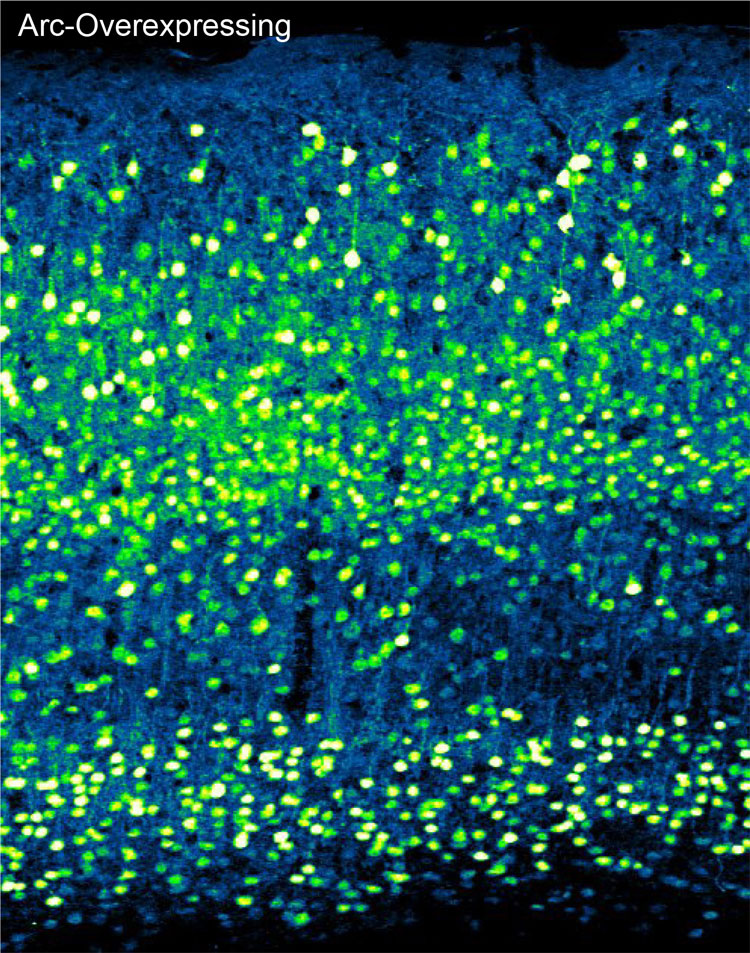
10th August 2017 Youthful plasticity restored to brains of aging mice Scientists at the University of Utah report that youthful plasticity has been restored to aging mouse brains by manipulating only a single gene.
Like much of the rest of the body, the brain loses flexibility with age, impacting the ability to learn, remember and adapt. Now, scientists at the University of Utah Health report they can rejuvenate the plasticity of the mouse brain – specifically in the visual cortex – increasing its ability to adapt and change in response to new experiences. Furthermore, manipulating only a single gene is enough to trigger this improvement. The research appears this week in Proceedings of the National Academy of Sciences (PNAS). "It's exciting because it suggests that by just manipulating one gene in adult brains, we can boost brain plasticity," says lead author Jason Shepherd, Ph.D., Assistant Professor of Neurobiology and Anatomy. "This has implications for potentially reducing normal cognitive decline with aging, or boosting recovery from brain injury after stroke or traumatic brain injury," he says. Additional research will need to be done to determine whether plasticity in humans and mice is regulated in the same way. In a previous study, Shepherd and his colleagues found that during youth, a "critical window" of brain plasticity is never available to mice lacking a gene known as Arc. Temporarily closing a single eye of a normal young mouse deprived the visual cortex of normal input, and the neurons' electrophysiological response to visual experience changed. By contrast, young mice without Arc could not adapt to the new experience in the same way. "Given our previous studies, we wondered whether Arc is essential for controlling the critical period of plasticity during normal brain development," explains Shepherd.
If there is no visual plasticity without Arc, then perhaps the gene plays a role in keeping the "critical window" open? In support of this idea, the team's latest investigation finds that in the mouse visual cortex, Arc rises and falls in parallel with visual plasticity. The two peak in teen mice, falling sharply by middle age – suggesting they are linked. The team probed this connection further in two more ways. First, they tested mice with a strong supply of Arc throughout life. At middle age, these mice responded to visual deprivation as robustly as their juvenile counterparts. By prolonging Arc's availability, the window of plasticity was open for longer. A second set of experiments raised the bar higher. Viruses were used to deliver Arc to middle age mice, after the critical window had shut. Following this intervention, these older mice responded to visual deprivation just as a youngster would. So even though the window had already closed, Arc enabled it to open once again. "It was incredible to see that in adult mice, who have gone through normal development and aging, simply overexpressing Arc with a virus restored plasticity," says co-first author Kyle Jenks, a graduate student in Shepherd's lab. Additional research will now be required to understand precisely how manipulating Arc boosts plasticity. Whether Arc is involved in regulating the plasticity of neurological functions mediated by other brain structures – such as learning, memory, or repair – remains to be tested, but will be examined in the future, says Shepherd. ---
Comments »
|








